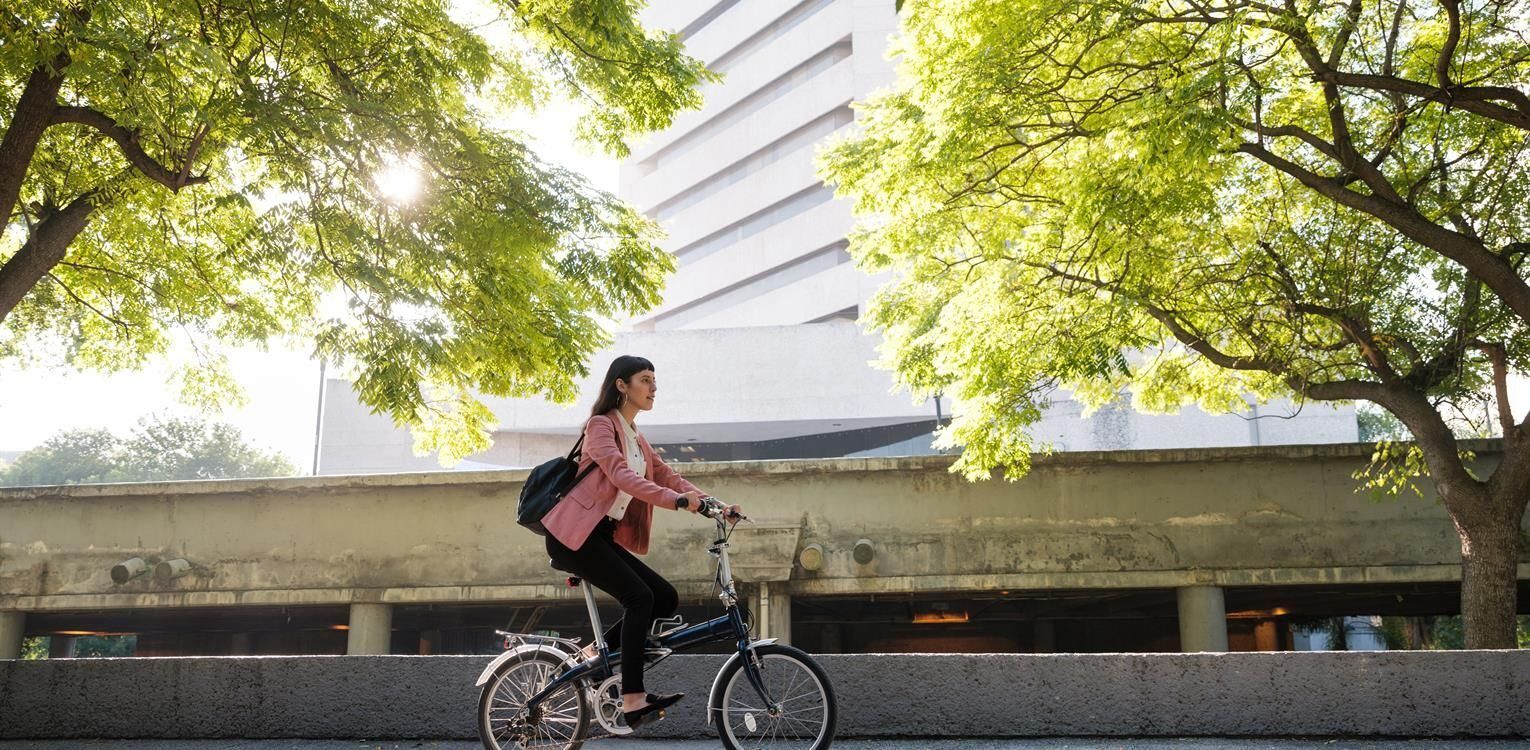The blog by Carita Poussa, the Managing Director of NTT DATA Business Solutions in Finland, explores what Sustainable HR could look like in practice, including long-term wellbeing, broadening the scope of diversity and inclusion, embedding a culture of learning, and addressing the competencies needed for the future.
Sustainable HR – A New Direction for HR?

What if a New Direction for HR Could Be Sustainable HR?
The first months of the year are always very interesting. Various research institutes and companies publish their HR trends and priorities for the current and coming years. I found AIHR’s article “11 HR Trends for 2023” an interesting read. It states that 2023 is HR’s “window of opportunity to reposition the function’s value proposition in the post-pandemic reality”.
Sustainable HR is about more than turning off lights and encouraging recycling. It’s about people and how we can make the working environment sustainable for them in the long run. It’s a term that can comfortably cover areas like health and wellbeing, diversity and inclusion, upskilling and reskilling, equal pay – and many others.
Even the United Nation’s definition of sustainability from 1987 would fit well to HR.
Sustainability is “meeting the needs of the present without compromising the ability of future generations to meet their own needs”.
What Could Sustainable HR Look Like in Practice?
Firstly, let’s talk about wellbeing. That has been on top of the list for Human Resources (HR) professionals for the past few years. In the context of Sustainable HR, the focus would be on long-term wellbeing. How and when would people like to work? How do we build the optimal hybrid ways of working? Could we change the roles and working hours for those approaching retirement age to be more flexible? There is a lot HR professionals can do to create an environment that enables long-lasting careers, where people want to work even past their retirement age.
Diversity and inclusion are still important topics. Today, they’re mainly concerned with gender and race, but I think we would benefit from handling them differently and broadening their scope. What if we included diversity in thinking, geographical locations of employees, educational background, and experience – even personality types? Or if we hired people from industries outside our own? I suspect, as well as making our workplaces more diverse and inclusive, we would likely experience the benefits of new and fresh perspectives and ideas.
Everyone’s talking about upskilling – or continuous learning, but I think to succeed, we need to develop and embed a culture of learning. To do that, we need to transform how we learn and provide employees with the tools and environments they need to learn best – after all, we all learn better in different ways.
We should also analyze the competencies we will and won’t need in the future and investigate if and how we retrain current employees. That includes providing opportunities for aging staff to stay in the company because not everyone wants to retire when they have the chance. Addressing these factors and others will help with long-term strategic planning and make HR more sustainable.
Of course, companies and employees will have different ideas about what constitutes Sustainable HR in their workplace, but defining its elements and priorities is something they can work on together. It seems to me that if we take this approach, Sustainable HR will ensure that employees and capabilities will be sustainable long term and meet the strategic demands of companies.
I would like to leave you with a question: So what would Sustainable HR look like in your working environment?





